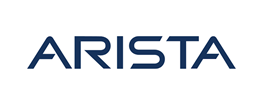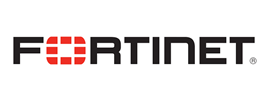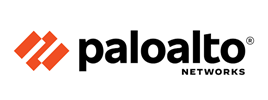- Course overview
- Course details
Course overview
About this course
This course covers methods and practices for implementing and managing enterprise-scale data analytics solutions using Microsoft Fabric. Students will build on existing analytics experience and will learn how to use Microsoft Fabric components, including lakehouses, data warehouses, notebooks, dataflows, data pipelines, and semantic models, to create and deploy analytics assets.
Audience profile
The primary audience for this course is data professionals with experience in data modeling, extraction, and analytics. DP-600 is designed for professionals who want to use Microsoft Fabric to create and deploy enterprise-scale data analytics solutions.
Course details
Module 1: Ingest Data with Dataflows Gen2 in Microsoft Fabric
- Describe Dataflow (Gen2) capabilities in Microsoft Fabric
- Create Dataflow (Gen2) solutions to ingest and transform data
- Include a Dataflow (Gen2) in a pipeline
Module 2: Ingest data with Spark and Microsoft Fabric notebooks
- Ingest external data to Fabric lakehouses using Spark
- Configure external source authentication and optimization
- Load data into lakehouse as files or as Delta tables
Module 3: Use Data Factory pipelines in Microsoft Fabric
- Describe pipeline capabilities in Microsoft Fabric
- Use the Copy Data activity in a pipeline
- Create pipelines based on predefined templates
- Run and monitor pipelines
Module 4: Get started with lakehouses in Microsoft Fabric
- Describe core features and capabilities of lakehouses in Microsoft Fabric
- Create a lakehouse
- Ingest data into files and tables in a lakehouse
- Query lakehouse tables with SQL
Module 5: Organize a Fabric lakehouse using medallion architecture design
- Describe the principles of using the medallion architecture in data management.
- Apply the medallion architecture framework within the Microsoft Fabric environment.
- Analyze data stored in the lakehouse using DirectLake in Power BI.
- Describe best practices for ensuring the security and governance of data stored in the medallion architecture.
Module 6: Use Apache Spark in Microsoft Fabric
- Configure Spark in a Microsoft Fabric workspace
- Identify suitable scenarios for Spark notebooks and Spark jobs
- Use Spark dataframes to analyze and transform data
- Use Spark SQL to query data in tables and views
- Visualize data in a Spark notebook
Module 7: Work with Delta Lake tables in Microsoft Fabric
- Understand Delta Lake and delta tables in Microsoft Fabric
- Create and manage delta tables using Spark
- Use Spark to query and transform data in delta tables
- Use delta tables with Spark structured streaming
Module 8: Get started with data warehouses in Microsoft Fabric
- Describe data warehouses in Fabric
- Understand a data warehouse vs a data Lakehouse
- Work with data warehouses in Fabric
- Create and manage datasets within a data warehouse
Module 9: Load data into a Microsoft Fabric data warehouse
- Learn different strategies to load data into a data warehouse in Microsoft Fabric.
- Learn how to build a data pipeline to load a warehouse in Microsoft Fabric.
- Learn how to load data in a warehouse using T-SQL.
- Learn how to load and transform data with dataflow (Gen 2).
Module 10: Monitor a Microsoft Fabric data warehouse
- Monitor capacity unit usage with the Microsoft Fabric Capacity Metrics app.
- Monitor current activity in the data warehouse with dynamic management views.
- Monitor querying trends with query insights views.
Module 11: Understand scalability in Power BI
- Describe the importance of building scalable data models
- Implement Power BI data modeling best practices
- Use the Power BI large dataset storage format
Module 12: Create Power BI model relationships
- Understand how model relationship work.
- Set up relationships.
- Use DAX relationship functions.
- Understand relationship evaluation.
Module 13: Use tools to optimize Power BI performance
- Optimize queries using performance analyzer.
- Troubleshoot DAX performance using DAX Studio.
- Optimize a data model using Tabular Editor.
Module 14: Enforce Power BI model security
- Restrict access to Power BI model data with RLS.
- Restrict access to Power BI model objects with OLS.
- Apply good development practices to enforce Power BI model security.
Enquiry
Course : DP-600: Microsoft Fabric Analytics Engineer
Enquiry
request for : DP-600: Microsoft Fabric Analytics Engineer





















